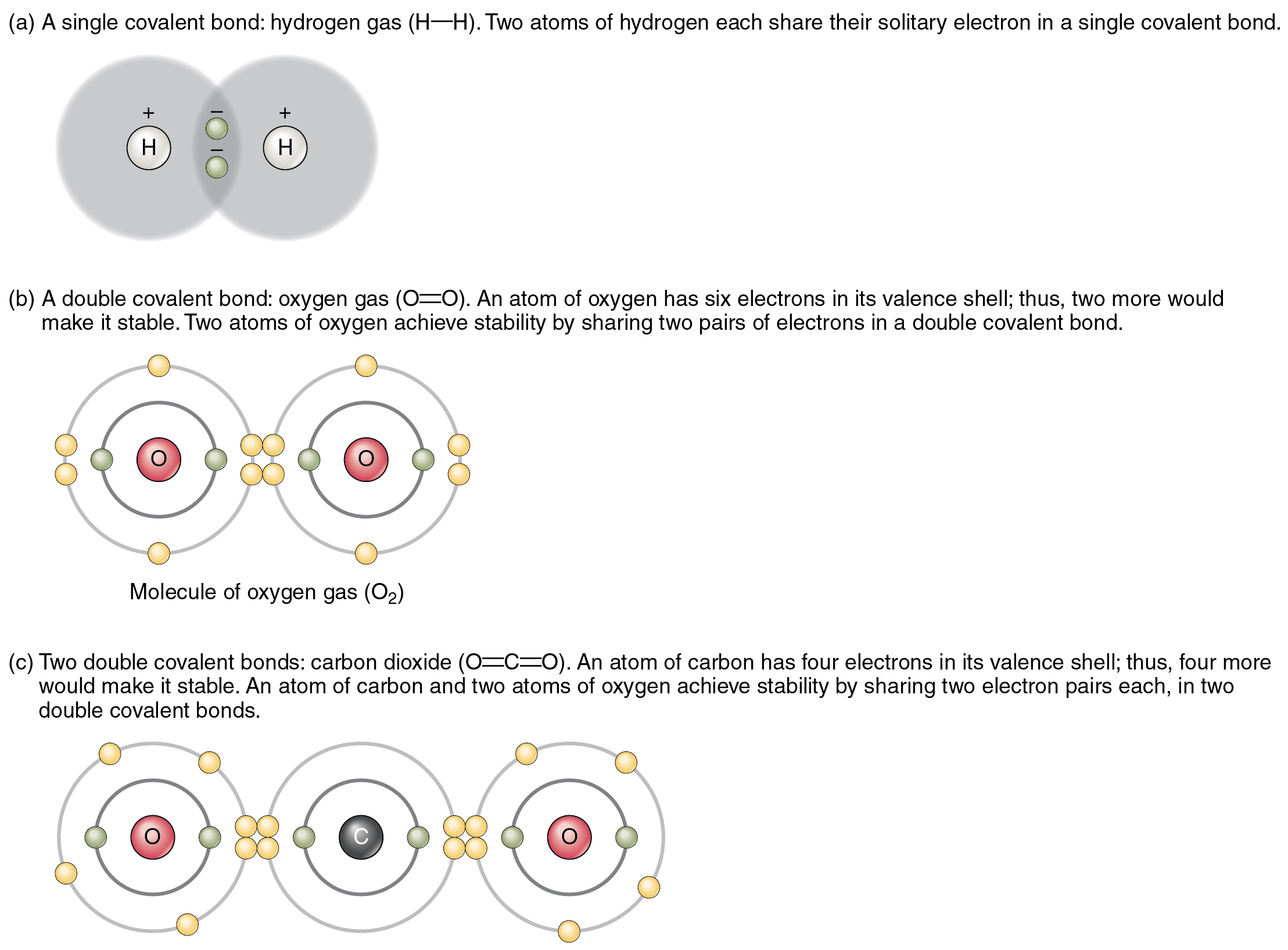Web these four electrons can be gained by forming four covalent bonds, as illustrated here for carbon in ccl 4 (carbon tetrachloride) and silicon in sih 4 (silane). Web carbon has four valence electrons, so it can achieve a full outer energy level by forming four covalent bonds. The most common form is the single bond: Carbon occurs as a variety of allotropes. Web carbon therefore forms covalent bonds with many other elements.
This allows carbon to fill its outer energy level and make the carbon atom more. Form long c −c chains, with differing substitution along that chain. Therefore, it can form four covalent bonds with other atoms or molecules. Web carbon has four valence electrons, so it can achieve a full outer energy level by forming four covalent bonds.
Web crystal structure of ca 3 c 7 at 38(1) gpa. Carbon occurs as a variety of allotropes. The simplest organic carbon molecule is methane (ch 4 ), in which four hydrogen atoms bind to a carbon atom (figure 1).
Group 5a (15) elements such as nitrogen have five valence electrons in the atomic lewis symbol: A bond composed of two electrons, one from each of the two atoms. Hydrogen makes 1 bond, oxygen makes 2 bonds, nitrogen makes 3 bonds and carbon makes 4 bonds. These four elements are widely used when it comes to drawing lewis structures at introductory chemistry level. Carbon forms covalent bonds with atoms of carbon or other elements.
Web carbon most often forms a covalent bond with other atoms. Web carbon has four valence electrons, so it can achieve a full outer energy level by forming four covalent bonds. This leaves carbon with six electrons in its outer shell.
Web These Four Electrons Can Be Gained By Forming Four Covalent Bonds, As Illustrated Here For Carbon In Ccl 4 (Carbon Tetrachloride) And Silicon In Sih 4 (Silane).
If it is with another atom, a polar covalent bond is formed. Is there a term to describe such elements? (other elements, such as phosphorus [p] and cobalt [co], are able to form five and six covalent bonds, respectively, with other elements, but they lack carbon’s ability to bond indefinitely with. With other carbon atoms the carbon atoms form layers of hexagonal rings
Carbon Occurs As A Variety Of Allotropes.
Carbon forms covalent bonds with atoms of carbon or other elements. Carbon can form either 2 or 4 bonds. Will form either one, two, three or four covalent bonds with other atoms. Carbon can form four covalent bonds.
The Simplest Organic Carbon Molecule Is Methane (Ch 4 ), In Which Four Hydrogen Atoms Bind To A Carbon Atom (Figure 1).
This allows carbon to fill its outer energy level and make the carbon atom more. Web carbon most often forms a covalent bond with other atoms. There is a quick way to work. Web the number refers to the number of bonds each of the element makes:
When It Bonds Only With Hydrogen, It Forms Compounds Called Hydrocarbons.
Carbon’s ability to form bonds with four other atoms goes back to its number and configuration of electrons. Web carbon contains four electrons in its outer shell. Carbon can form single, double, or triple. Web carbon is unique among the elements in its ability to form strongly bonded chains, sealed off by hydrogen atoms.
When it bonds only with hydrogen, it forms compounds called hydrocarbons. Web therefore, it can form four covalent bonds with other atoms or molecules. Web carbon has four valence electrons, so it can achieve a full outer energy level by forming four covalent bonds. Web carbon most often forms a covalent bond with other atoms. (other elements, such as phosphorus [p] and cobalt [co], are able to form five and six covalent bonds, respectively, with other elements, but they lack carbon’s ability to bond indefinitely with.






